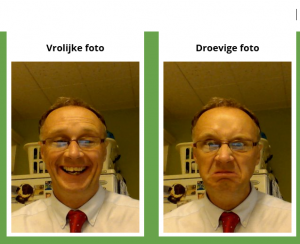To slow you down
Whenever I teach courses on the use of storytelling I tell people about a little strand of self absorption in our psychology. If we are shown a group photo in which we feature, no matter how large the group, our eye will always be drawn to our own face. This is the principle behind the parables of Jesus, I believe. In them we recognize ourselves – in a desperate widow here, a contrite tax collector there, or a good Samaritan here. People are fascinated by people. This is the way that tabloid newspapers sell, and this is why people stories always communicate.
The Belgian government are in the midst of a major crackdown on speeding. They have employed everything from hard-hitting videos to crowdsourced suggestions on locations for speed cameras. They have also invited members of the public to submit their own photos for use on speed displays. Instead of the emoticon style sad/ smiley face we see in this country for driving under and over the speed limit, real faces will be shown. If a picture is worth a thousand words, then these should be worth two thousand, I suppose. Thankfully, I only got as far as taking my photos, rather than uploading them,as my limited Flemish could make no further sense of the instructions. This may be just as well, as the photos below were more likely to cause an accident than prevent it!

There is a serious lesson for communicators here, though. The entire Belgian ‘zero’ campaign has been aimed at drawing people away from the statistics and towards the real-life stories associated with speeding. Every speed-related death is a personal tragedy, not a statistic. The best way to do this has been to give the issue a human face…or even several of them.
How do you ‘humanize’ your communications, I wonder?
